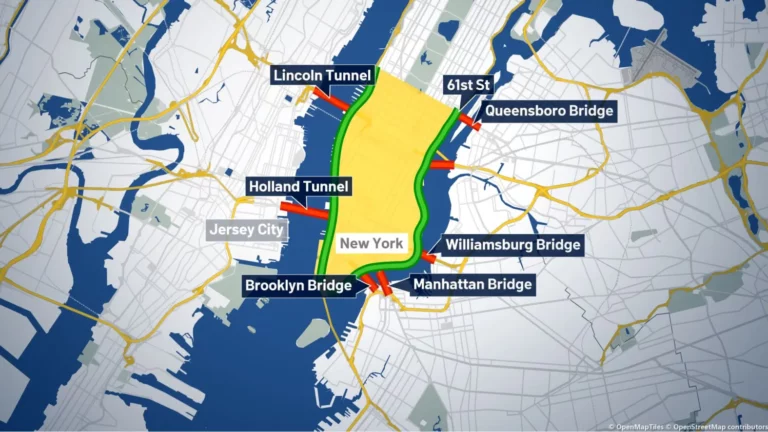In the world of local search engine optimization (SEO), Google Maps rankings play a significant role in driving traffic to a business. Understanding key metrics such as Average Grid Rank (AGR) and Share of Local Voice (SoLV) can be crucial for meeting your marketing goals and improving online visibility. These metrics provide insights into the performance of a local business in terms of location-based searches, which helps both small and large businesses strategize their marketing efforts more effectively.
AGR sheds light on your average business position within a specific local area, taking only search results that rank between 1 and 20 into account Explaining Stats in Geogrids. Moreover, it enables businesses to evaluate the effectiveness of their SEO efforts in the local market. Comparatively, SoLV is a metric that measures the online visibility of a brand in the context of Google Maps searches. This metric is particularly useful for businesses aiming to enhance their presence in a larger geographic area, as it considers all available rankings in Google Maps Local Falcon – Google Maps SEO Rank Tracker Walkthrough.
Whether you’re a small, family-owned business or a large enterprise with multiple locations, understanding and utilizing these important metrics to mold your SEO activities will give you an edge in a competitive online world. To achieve success, it’s important to partner with SEO Services for Lawyers and Law Firms who offer expertise tailored to your needs and industry-specific requirements. This will ensure you’re able to fully capitalize on the power of Google Maps SEO, driving growth and maximizing your brand’s potential within this platform.
Decoding Google Maps Ranking Metrics
Understanding the Impact of Proximity, Relevance, and Prominence
When it comes to Google Maps, understanding the ranking metrics is crucial for local businesses who want to ensure their visibility in local search results. The three primary Google Maps ranking factors are proximity, relevance, and prominence.
Proximity refers to the distance between the searcher’s location and the business they are searching for. Businesses closer to the searcher’s location are more likely to show up higher in the search results. It’s essential for businesses to maintain accurate address information in their Google My Business (GMB) listing to optimize proximity.
Relevance is all about how well a business listing matches the searcher’s query. Ensuring that your business’s GMB listing is complete, accurate, and up-to-date with relevant keywords increases the chances of your business showing up in the search results for those keywords.
Prominence, on the other hand, is about how well-known or authoritative a business is in its industry. Factors contributing to prominence can include the number of positive reviews, online presence, and rankings from traditional search results. Emphasizing positive customer experiences and maintaining an active online presence will help improve your business’s prominence in the local search space.
The Vicinity Update and Its Influence on Local Search
In addition to the primary ranking factors mentioned above, Google’s Vicinity Update also plays a key role in shaping the Google Maps rankings. This update was designed to improve the relevance of local search results by better considering factors like proximity and user preferences. The Vicinity Update has helped small businesses compete with larger national chains by allowing them to outrank competitors with multiple locations in the same area, as long as they can demonstrate superior relevance and prominence. Forbes explains how this is achievable.
Business owners must stay informed about these Google Maps ranking metrics and adapt their online presence accordingly to stay ahead in the ever-evolving landscape of local search. This involves optimizing their GMB listings, actively collecting and addressing customer reviews, and maintaining a strong online presence to establish their prominence in the local business scene.
Optimizing Your Google Map Presence
Creating and Managing Your Google My Business Profile
To improve your presence on Google Maps, you first need to create and manage a Google My Business profile. A well-optimized GMB profile includes accurate and up-to-date business information such as your business name, address, phone number, categories, and attributes. Including high-quality photos, videos, and engaging descriptions also enhances your profile.
Consistently monitoring and managing your GMB listing is essential. Keep an eye on customer reviews, respond to queries, and ensure all details remain current. Regular updates show Google that your business is active, making it more likely to rank higher in local search results.
Leveraging Reviews and Citations for Improved Rankings
Positive reviews and local citations are crucial factors in improving your Google Maps ranking. Encourage customers to leave Google reviews by providing exceptional service and addressing concerns in a timely manner. Your overall star rating, review sentiment, and the number of reviews can boost your online reputation, leading to an increase in potential customers and revenue.
Additionally, ensure your business information is consistent across local directories and third-party review sites such as Yelp. Consistency in local citations and a strong presence on social media platforms contribute to your business’s prominence, a key factor in Google’s local algorithm.
Local SEO Strategies and Best Practices
An effective Local SEO strategy helps you rank higher in both Google Maps and organic local searches. Here are a few tactics to consider:
-
Keyword Research: Identify and target local keywords that are relevant to your business and services. These terms should be used throughout your website content, meta tags, and GMB profile.
-
On-Page SEO: Optimize on-page elements, such as title tags, headers, and meta descriptions, with localized keywords to improve your website’s SERP position.
-
Schema Markup: Implement schema markup on your site to provide Google with structured information about your business, resulting in better search visibility and user experience.
-
Engaging Content: Produce informative and engaging content that caters to your target audience, addressing their needs and preferences.
-
Quality Backlinks: Acquire backlinks from industry-relevant websites, local directories, and authoritative sources to improve your site’s authority and online visibility.
By incorporating these strategies into your overall SEO plan, you can effectively optimize your Google Maps presence and attract new customers to your business.
In Conclusion
Google Maps ranking metrics, such as AGR (Average Google Maps Ranking) and SoLV (Share of Local Voice), are essential for businesses seeking local prominence and discovering ways to improve their online visibility. Both AGR and SoLV provide valuable insights that help businesses to refine their marketing strategy and optimize their presence in Google Maps search results.
AGR serves as a benchmark that helps to measure the average position of a business listing in Google Maps search results. This metric ultimately reflects the overall performance of a business’s Google My Business listing optimization. By monitoring and optimizing your AGR, you can focus on tactics that will improve rankings, drive more traffic to your listing, and ultimately lead to increased sales.
SoLV, on the other hand, concentrates on assessing your business’s share of the total search visibility in your local market. This metric allows you to compare your business with competitors in the same geographical area and industry. Tracking SoLV offers insights into where improvements can be made, helping businesses to prioritize their efforts and resources effectively.
To optimize your Google Maps rankings, consider the following steps:
-
Ensure your Google My Business listing is accurate and up-to-date.
-
Focus on collecting reviews from customers, as these play a crucial role in local search rankings.
-
Maintain consistent NAP (name, address, and phone number) information across all online platforms.
-
Establish a strong local link-building strategy to increase your business’s prominence.
In conclusion, understanding and utilizing Google Maps ranking metrics like AGR and SoLV can significantly enhance a business’s online visibility, helping to attract potential customers and staying ahead of the competition. By monitoring these metrics regularly, adapting to industry trends, and implementing effective strategies, businesses can improve their rankings, increase consumer awareness, and thrive in their local markets.











